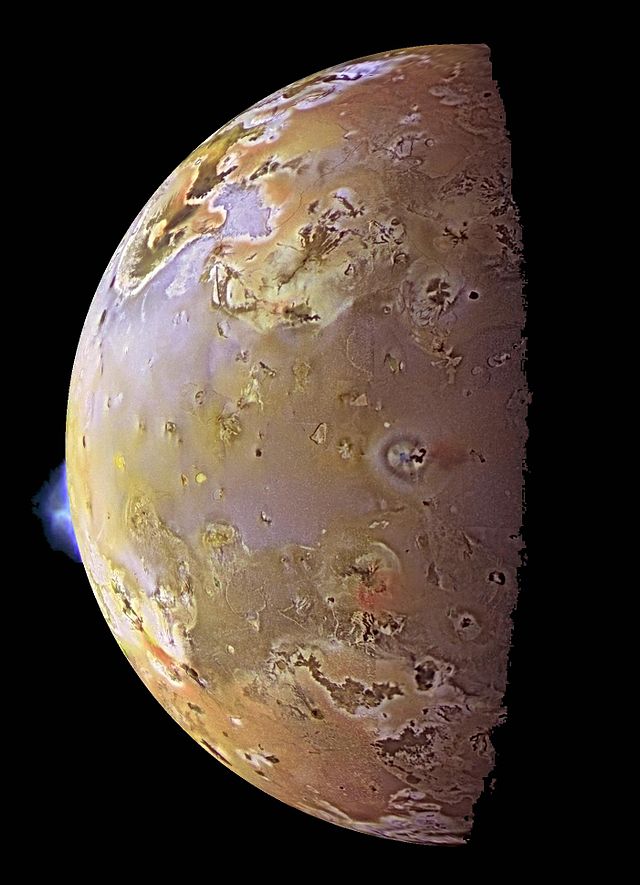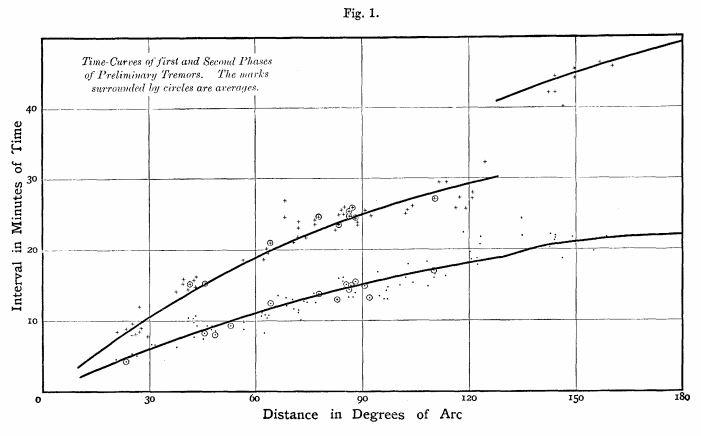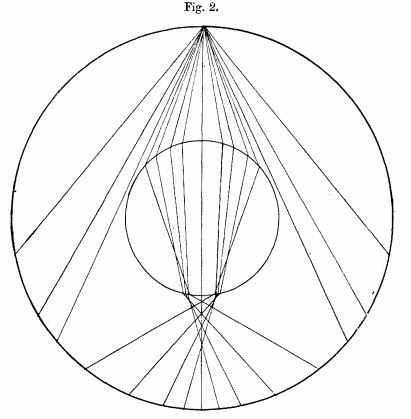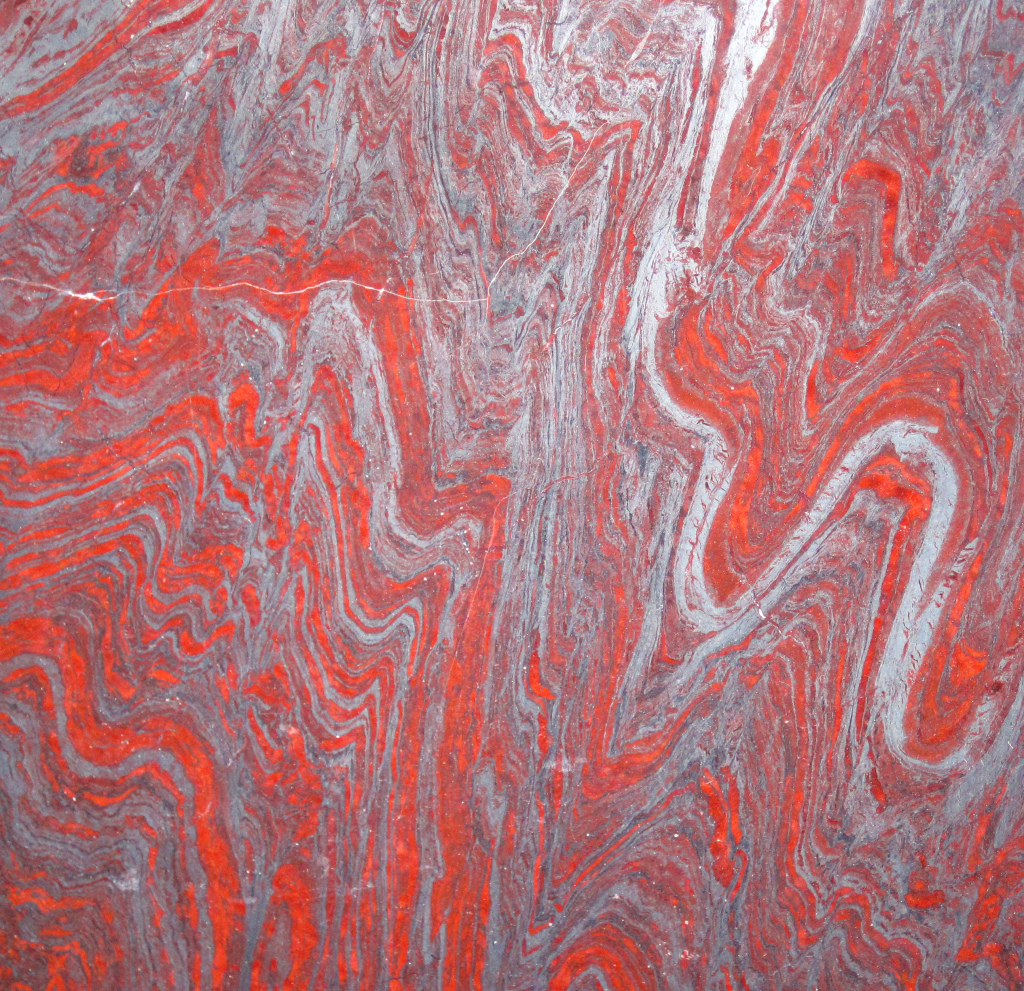Back in August I wrote about an extremely important paper by John Wheeler of Liverpool University called “Dramatic effects of stress on metamorphic reactions”. This uses a theoretical approach to show that differential stress (squashing rocks) is a very important control on metamorphic reactions. If true, this would imply that many estimates of depth of metamorphic conditions (that ignore the squashing) are wrong. Maybe eclogites don’t form at great depth after all.
Counterblast
Conceived as a provocative paper, it’s no surprise to find a “Comment” on it in the latest edition of Geology. Written by Raymond Fletcher of Penn State, it aims to “show
that Wheeler’s claims do not have a sound basis” by constructing a more complete mathematical model “for metamorphic reaction and pressure solution” (the two processes that Wheeler’s original paper wound together).
For both our sakes, I’m not going to get into the detail of the mathematics (all papers are open-source, so you can read it yourselves). It isn’t massively complicated maths – single lines of algebra only – but what matters here is the assumptions and simplifications made and whether they are valid.
Fletcher’s comment picks on one aspect of the original paper – that in the section quantified the effects of differential stress, it focussed on a single way in which atoms can rearrange themselves called incongruent pressure solution. Fletcher’s set of equations are a more complete model that shows that Wheeler’s results are merely a ‘special case’ leading to ‘contrived outcomes’.
A spirited defence
‘Comments’ on papers are often followed by a ‘reply’ from the original author. As here where the ‘comment’ is negative, they are effectively a form of public combat.
Wheeler is uniformly polite and positive. He starts by thanking Fletcher for his stimulating Comment and listing the ways in which they agree. Then this:
“But it is inappropriate to say that I am wrong, first because his model is not of the incongruent pressure solution (IPS) pathway, second because it actually contains
confirmation of some of my claims, and thirdly because it is extremely
restricted in scope.”
He then proceeds to show that Fletcher’s model doesn’t just model a single pathway and the he lists the assumptions made by Fletcher and demolishes each one. For this audience member, Wheeler starts to win the battle by the depth of context he brings to the discussion.
For each assumption he refers to existing research into real world complications. These include: defining 3-D stress as a single term in an equation is complicated – taking the simple average of the 3 dimensions is not correct; fluid pressure may control reactions, not stress; the topology of grains is important and the one chosen by Fletcher extremely unrealistic; diffusion of atoms is often a limiting factor in metamorphism; porphyroblasts often grown in specific shapes – ‘interfacial’ kinetics may also be important.
For this (slightly biased) reader the knock-out blow was the fact that 3 times the research into these complications is his own allowing Wheeler to write that Fletcher “may well have rediscovered the sorts of problems described above (Ford and Wheeler, 2004) but by ignoring these he reduces the value of his assertion that…” .
All good replies to comments look to the future:
“In summary, Fletcher’s model is too restricted in scope to undermine my conclusions: we agree that a more general model is required. I challenge him and other interested readers (including myself) to construct such a model, which would be of great benefit to understanding how metamorphism and deformation interact.”
Science in action and in the open
I remind you again of the important implications of Wheeler’s paper – existing estimates of metamorphic conditions – used to build tectonic models – are suspect. To quote another article in Geology discussing it “the potential inaccuracy of depth estimates based on minerals would question current paradigms in geology“.
Wheeler’s original paper was a huge challenge to metamorphic petrology. It has withstood the first attempt to refute it. This is science in action, in open source papers for all to view. I hope you’ll read the papers yourself and we can follow the unfolding story together.







